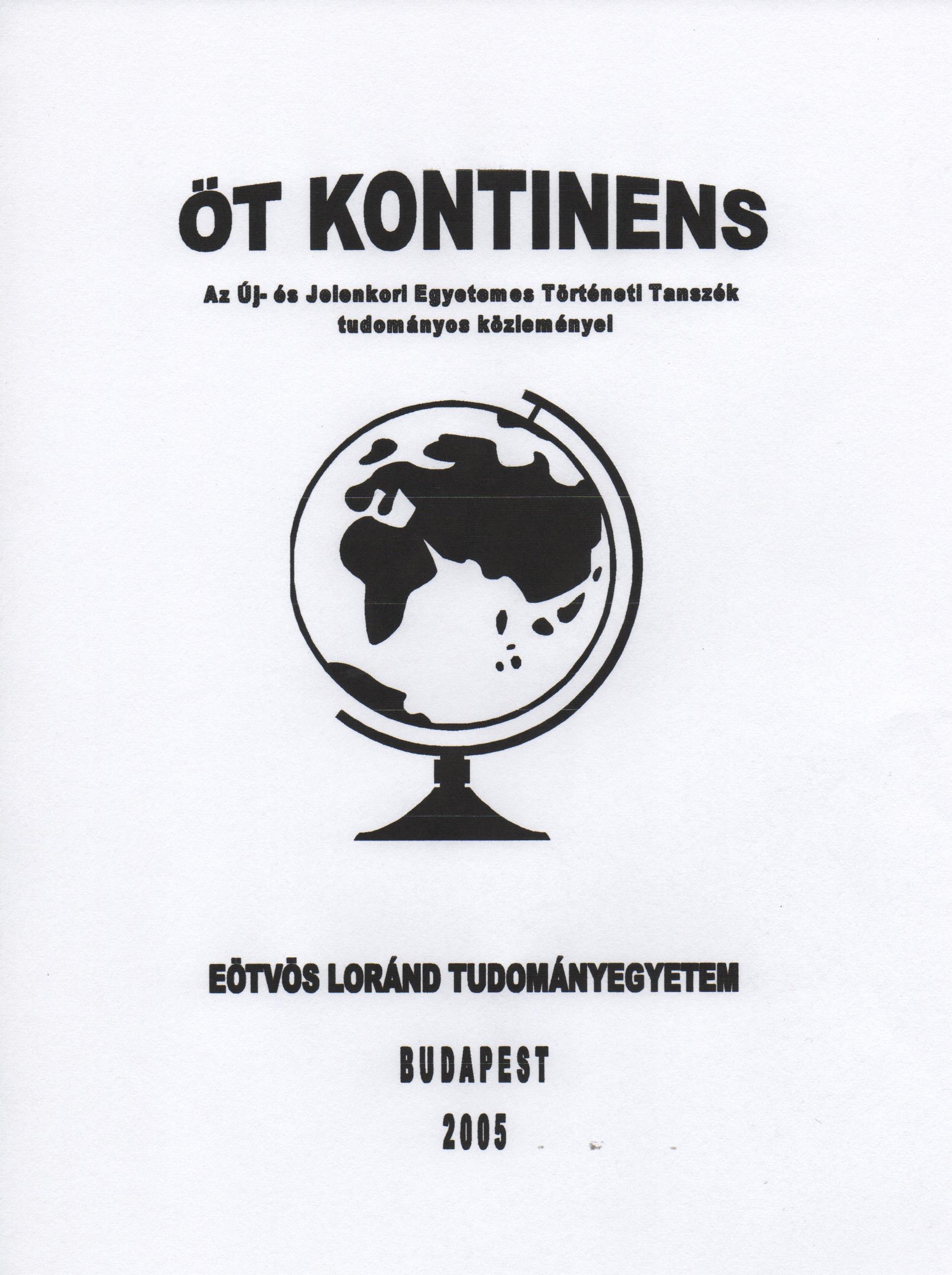
L’Europe centrale dans le «concert européen»
The questions of connection to European Union in Central Europe at the beginnings of the 21st century . The author of this study analizes these questions in historical context.
More...We kindly inform you that, as long as the subject affiliation of our 300.000+ articles is in progress, you might get unsufficient or no results on your third level or second level search. In this case, please broaden your search criteria.

The questions of connection to European Union in Central Europe at the beginnings of the 21st century . The author of this study analizes these questions in historical context.
More...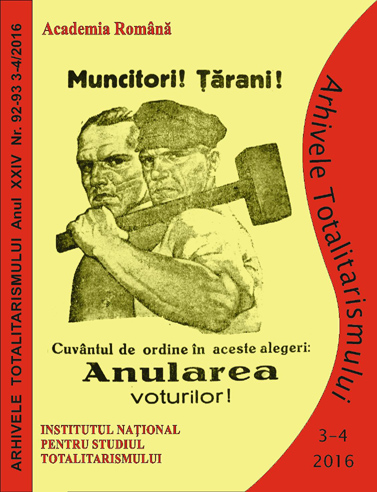
Christian Rakovsky still remains one of the most important leaders of the Romanian socialism and also of the global communism established as a consequence of the Bolshevik Revolution of October 1917. The goal of this paper is to add new information to his biography and actions as a socialist militant and to see how and why he took further steps from socialism to communism. This research is based mostly on primary sources, the most important being a special file on him made by the Romanian Directorate of Police and General Security (Siguranţa) which contains unpublished archival documents from the Romanian National Archives, regarding his actions in Romania and towards the Romanian Government in the before and aftermath of the Bolshevik Revolution. Although a Romanian citizen, after the start of World War I, Rakovsky becomes a fierce adversary of his adoptive country, partly due to the actions performed against him by the Romanian Government before and during the war. This project highlights how he managed, through his actions, to gain the trust and sympathy of the Russian Bolsheviks which saw him as an important actor in their battle against the imperialist Romania who claimed Bessarabia.
More...
G.A. Dabija (born in Iaşi, on September 20-th 1872 and passed away in Bucharest in 1957) was a hostile element of the communist regime. He was a military attaché to Bulgaria and Serbia (1910-1913). He fought for his country in the battle of Mărăşti (1917) and on the Tisa front (1919) and, as recognition of his contribution in the battle of Mărăşti, he was awarded the rank of General in 1917. G.A. Dabija became known as a military writer, which led to his detention in the communist prisons at Jilava and Văcăreşti (1952-1955). His monumental work in 4 volumes entitled The Romanian Army in The First World War(1916-1918) was published between 1928 and 1937. He was director general of the Society of Mărăşti, that the objective was building of Mărăşti Mausoleum dedicated to the heroes who sacrificed their lives to the accomplishment of the national unity ideal.
More...
Leonte Răutu had one of the longest and most influential career within the Romanian communist establishment, prolonged for more than fifty years. He started his political activity in Bessarabia, his native province, at the beginning of the 30s, and finished it in the early 80s. he survived to all purges deployed within the Romanian Communist Party,displaying an amazing adaptation capacity. In interwar, Răutu worked for the communist movement in Bessarabia, and in Bucharest, when he was a student at the Bucharest University. In 1940, when his native province was occupied by the Soviet Union, he came back there. He spent the Second World War in the Soviet Union. His activity within Radio Moscow-Romanian sector, was his most notorious assignment, which helped him after the war, due to the precious relations achieved during the job. He came back to Romania in 1945 and held the most important positions within the Romanian Communist Party – member the Central Committee for many years (1948-1958,1960-1984), member of the Party’s Secretariat (1965-1969), member of the Executive Committee/ Political Executive Committee (1965-1981). He is best known as the formal and informal head of the propaganda sector.
More...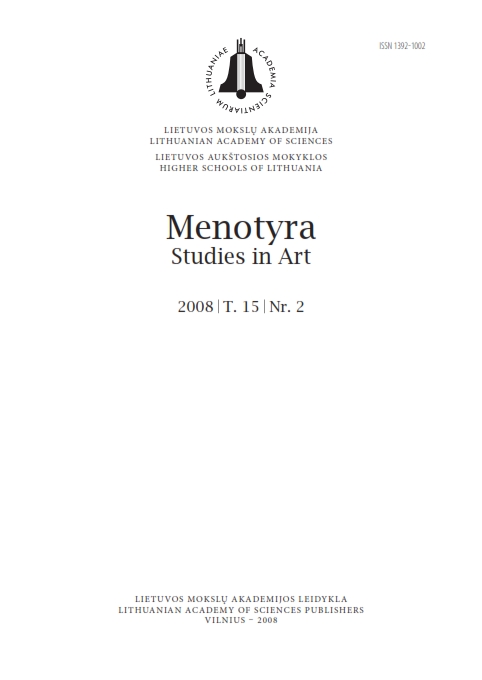
In the paper, the rare Suprematist works of art and photomontages created in the 1930s by the most famous representative of the Lithuanian avant-garde art, Vytautas Kairiūkštis, are discussed. The artist, who studied in Moscow in 1920–1921, was first influenced by the works of Kazimir Malevich. After having come to live in Vilnius in 1921, he created many works along the avant-garde spirit and started producing photomontages in the middle 1930s. Suprematism is represented by Kairiūkštis’ paintings, watercolours and drawings of 1922– 1923; their compositions are laconic combinations of two or three graphic signs or small colour planes. He also created similar compositions for the Polish avantgarde publication “Zwrotnica” (No. 5, 1923), literature and art magazine MUBA (“Mūsų baro apžvalga. Révue Internationale”, 1928) published in Paris by J. Tysliava, also made the cover for his mother Julija Kairiūkštienė-Wichert’s poetry book “Błędne ognie ” (Wandering lights, 1925), some advertisements. The best known example of Kairiūkštis’ Suprematist work and typographic experimentation is his design for a part of Exhibition of New Art catalogue (Vilnius, 1923). The design and typographic language of a small size (17 × 12.5) catalogue of 23 pages is very impressive, here visual signs characteristic of Suprematism (black squares, diagonal lines, rectangles, dots) are combined, and in the small space of a white sheet the texts of exhibition participants, letters and numbers of different font size and width are interspersed.From the few Kairiūkštis’ photomontages that survived, the most artistically accomplished are his self-portraits, one of them contains a fragment of Tintoretto’s painting “Suzanne and the Old Man” (1557). Unlike the Dadaist photomontages, there are no paralleled dissonances of images or literary wordplays in Kairiūkštis’ works. Kairiūkštis’ photographic experiments that coincide with international tendencies of avantgarde photographic art stand out in the heritage of pre-war Lithuanian photography.
More...
Josip Broz TITO (1892-1980), fut le chef de la résistance croate de 1941 à 1945, Secrétaire Général du parti communiste Yougoslave et Président de la Yougoslavie de la fin de la seconde guerre mondiale à sa mort. Les qualités de Tito, ses défauts, ses succès, les erreurs et fautes graves qu’il a commises ont largement dominé l’histoire de la Yougoslavie pendant la plus grande partie du XXe siècle. Quel que soit le jugement que l’on porte sur sa politique, on ne peut nier que Tito fut un homme tout à fait exceptionnel, pour son époque et dans l’histoire.
More...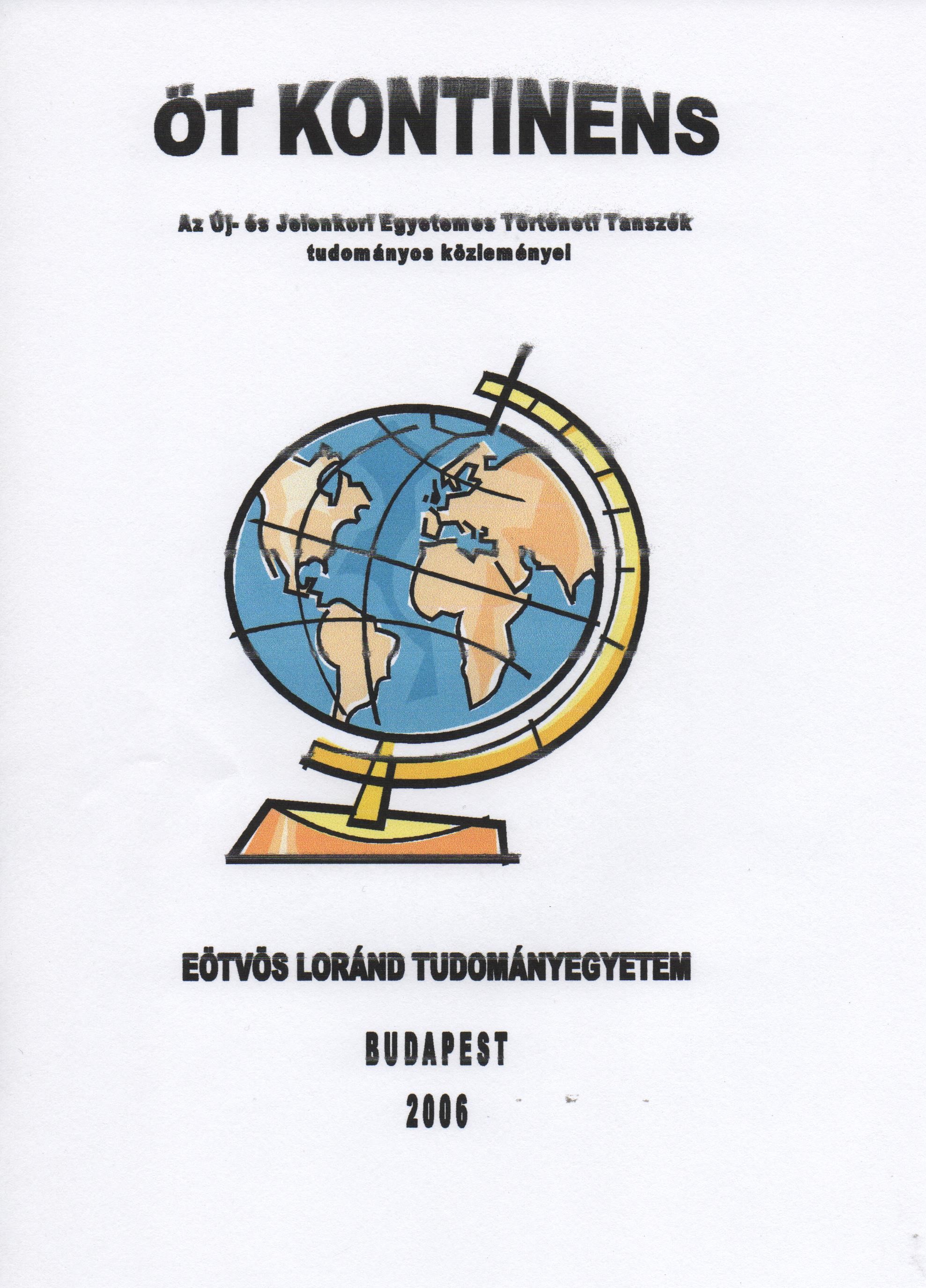
The problem of interrelation and influence of personal qualities of P. A. Kropotkin on his choice and joining such radical social and political direction as anarchism is considered. The defining factor in the choice between Marxism and anarchism was P. A. Kropotkin's personal rejection of the Marxist organization in Western Europe as non-corresponding to his intellectual principles, the author concludes.
More...
Through memoirs of the provincial intellectual N. M. Siganov and archival documents the specifics of activity of financial bodies in the 1930-s, political repressions, practice of investigation cases, life in prisons and in GULAG system on the territory of the Ivanovo, Yaroslavl, Arkhangelsk and Krasnoyarsk regions are revealed
More...
The article is devoted to the consideration of the contents and specifics of scientific discussions on problems of tax practice of the period under study, results of their embodiment in rules of law and organizational and administrative decisions. Defined is the adequacy of the measures taken by People's Commissariat of Finance of the USSR when performing the state arrangements under conditions of planned economy construction form change.
More...
The text focuses on the representation of the "new life" idea in the houses built in the 1930s in Sverdlovsk. The author analyzes the newsreel "On Guard of USSR" (1933), the novel by Nikolay Nikonov "The Vestal" (1980s) and the debates of 1929-1930 devoted to the construction of the housing complex on Malysheva 21 designed by Moisey Ginzburg, Alexander Pasternak and Sergey Prokhorov. Rigorously defined social roles and social inequality had become the markers of life in constructivist buildings whereas the images of the "new life" had turned into a longing for household well-being.
More...
This article is dedicated to a little-studied problem in historiography: the activities of provincial creative intelligentsia during the period when the government administration system had been formed and, in particular, the practice of social adaptation. Given the nationalization of all aspects of the Soviet society, becoming government employees, namely the incorporation into the Art Unions of the USSR, was a real opportunity for litterateurs to achieve material prosperity. On the example of Chelyabinsk the authors demonstrate the strategies of incorporation into the Union of Soviet Writers and the difficulties they faced in their struggle for the status of a professional writer in the 1930s.
More...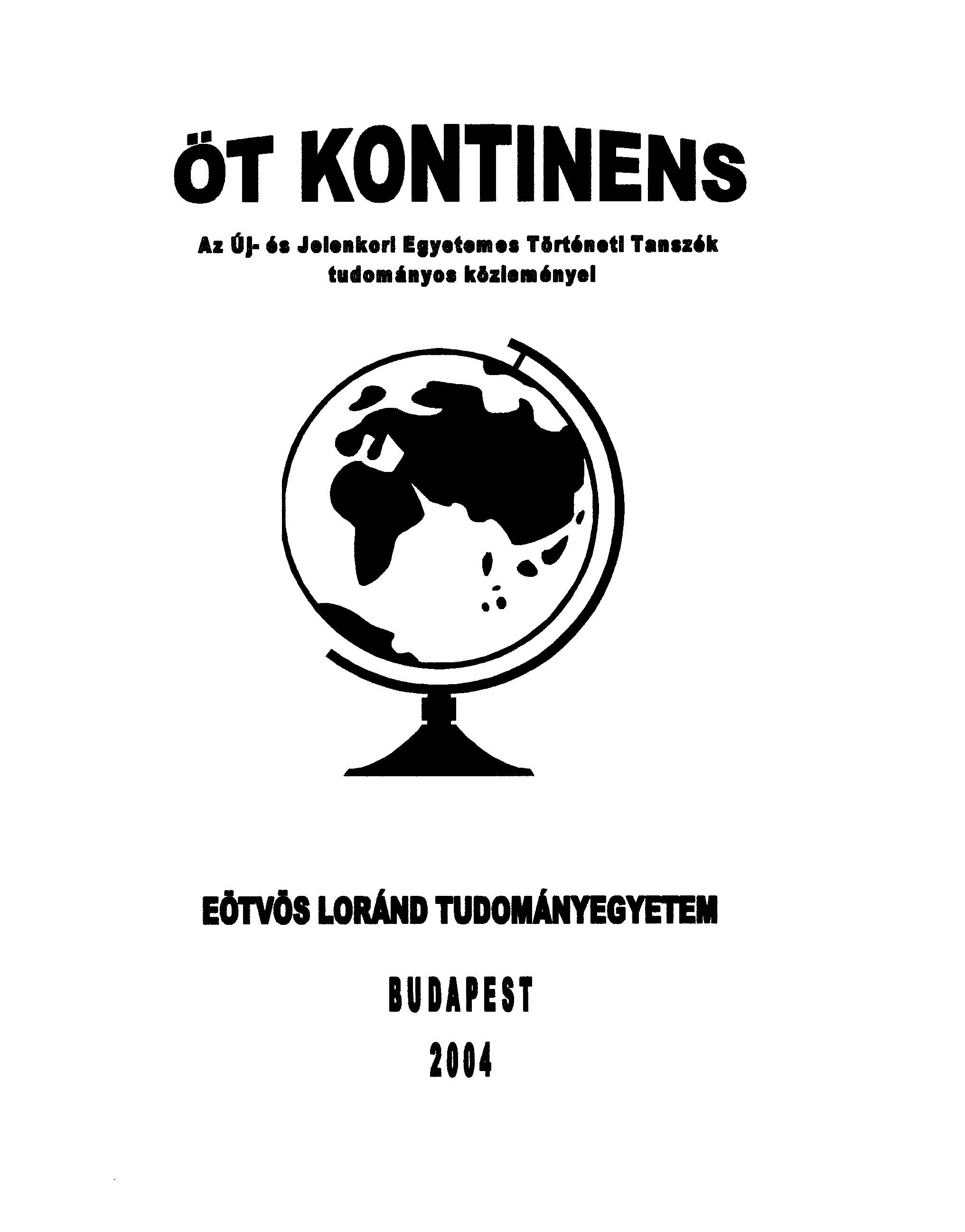
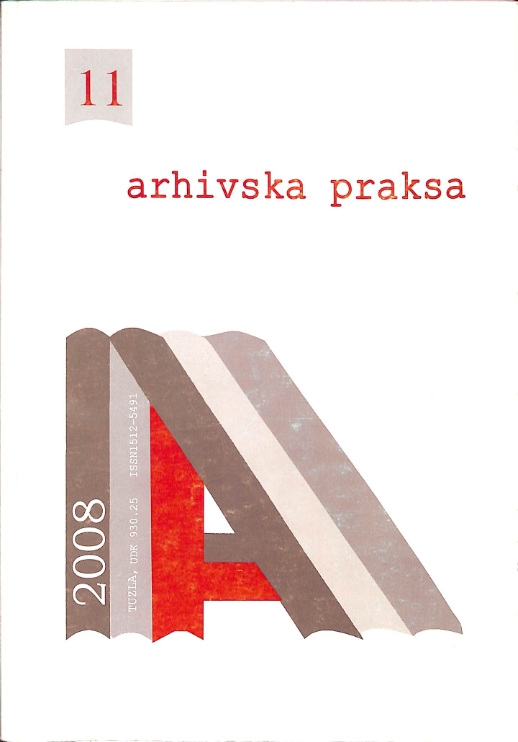
Civil schools in Bosnia and Herzegovina worked by program basis established during the period of Austro-Hungarian rule. They have been establihed exclusively by resolution of Ministry of Education. Political municipalities provided facilities and resources, while teacher's salaries came from the budget of Ministry of Education. Despite the fact that these schools did not fall behind after lower gymnasiums regarding educational plan and possibility to gain basic culture, they did not attract attention, neither that one of authorities, nor the one of wealthy parents. It has been general view that gymnasium opens a path to higher education, while civil school prepares student for production and provides limited possibilites. Students with 4 classes of primary school could enroll in civil school, which lasted for four years. Classes were being held by teachers who had at least 2 years of Higher pedagogical school after finished teacher's school or they had 'special exam for teachers of civil schools'. Many citizens of Tuzla, Mostar and Travnik were not satisfied with the work of civil school so they asked for their reform in memorandums. Demands of citizens were only partially fulfilled , so civil schools countinued to operate as leading circles envisioned. Civil schools in Bosnia and Herzegovina employed teachers with different level of education.There were thsoe with finished Higher pedagogical school, but also those with finished teacher's or other faculty. Several civil schools employed instructors titled teachers of elementary school, and teachers of handicraftand music. Many teachers of civil schools were actively involved in work of cultural and humanitariansocieties, contributing to further development of the society.
More...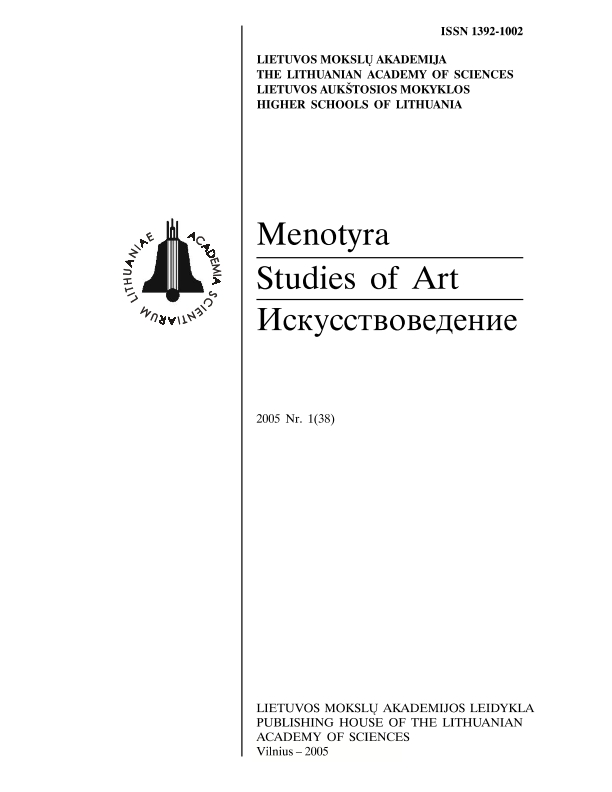
The traditions of organ playing in the second half of the 19th century can be characterized by a difference between musicians in big cities, who played a rather difficult repertoire, and in small towns.The organ as an instrument did not play such an important role in Catholic Church as in Protestant churches of Lithuania. Thus the organ playing traditions in Lithuania in the second half of the 19th century were not developed to such a high level as in other Baltic States.The traditions of professional organ playing in Lithuania were developed late in the 19th century, when the Lithuanian composer Juozas Naujalis came back to his native land after his studies in Warsaw.The repertoire of the Lithuanian organists Jonas Žukas, Zigmas Aleksandravičius, Konradas Kaveckas consisted of romantic and impressionistic music by German, French, Italian, Polish and Lithuanian composers. The main part of the repertoire of these Lithuanian organists consisted of their own interpretations, which were performed in their own original style.A new generation of famous organists-teachers was trained at the Kaunas Conservatoire (1933-1949). Their professional level exceeded the fundamentals of playing the organ in church. The playing of the organ was based on the European traditions of interpretation which became popular in Lithuania.
More...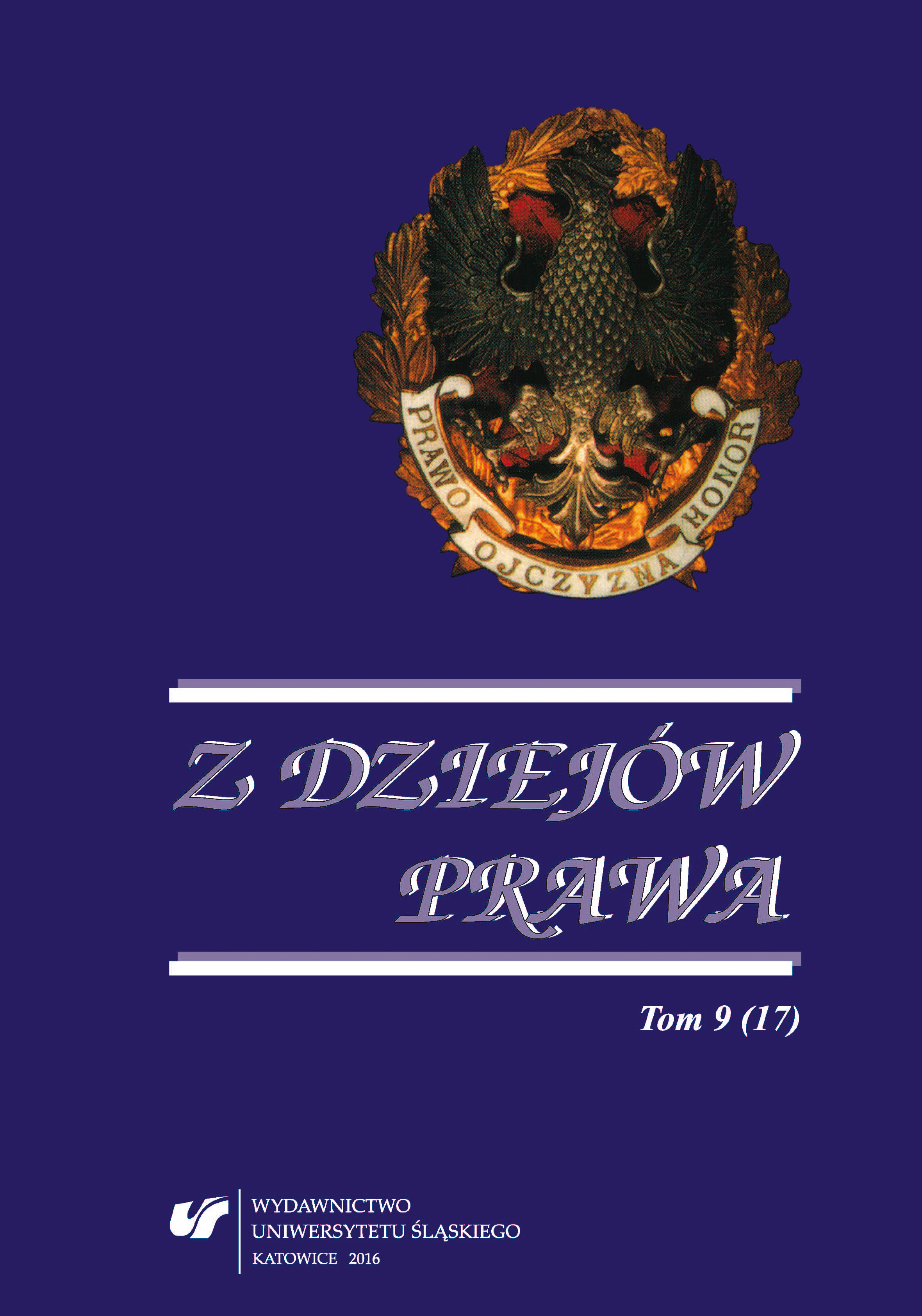
Customs duty constituted one of the public tributes regulating international trade after regaining independence by Poland in 1918. The independent character of the customs duty was emphasised not only by the character of the regulations in customs law, but also by the existence of a specialised branch of public administration devoted to its collection. Customs duty performed a fiscal function and constituted an instrument of protection against inundation of the Polish market by cheap commodities imported from abroad.
More...
Field and summary proceedings of the military criminal procedure constitute the most characteristic modes of this particular suit. In these modes, unlike in any other proceedings, it becomes evident how crucial the command factor is for the military judiciary as well as how paramount general prevention is for severe and swift penalisation of criminal activity by the military court. These particular forms of proceedings in the military constitute also an opportunity to present the general rules and solutions for criminal proceedings which are incongruous with the military criminal procedure.The particular character of this kind of military criminal action is also manifested in the fact that it originated in the Polish Army around the time Poland regained independence, and the cases tried in military courts at the time testify to the condition of the resurgent country.
More...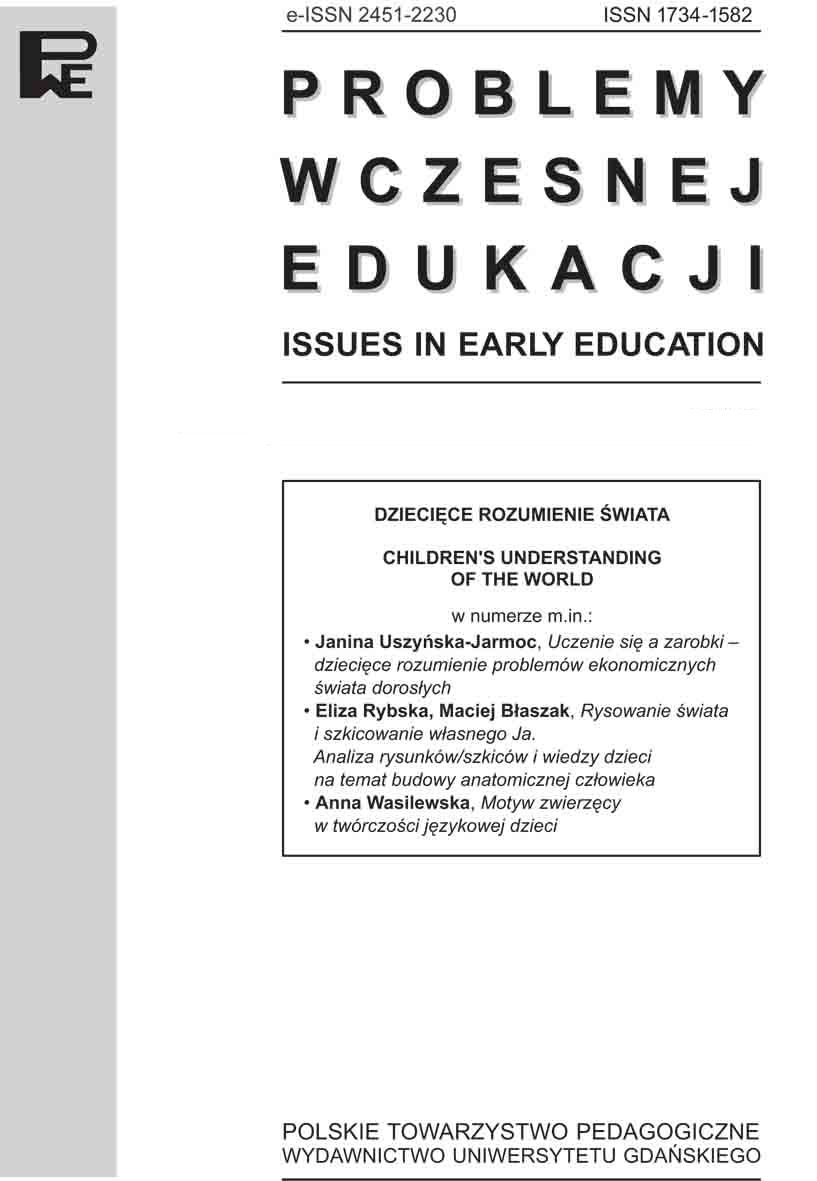
This article examines how the child consumer is represented in a selection of branded picture books at the beginning of the 20th century. By analyzing children’s books published by a commercial chain of stores, the Cooperation Union, the article discusses how depictions of children as consumers are connected to the development of the emerging mass market and consumer society. The new ideas and marketing strategies expressed in these books also coincide with fundamental social changes in society, resulting from modernity and new technologies. Although the Cooperation books were designed for children and used familiar narrative techniques and motifs within children’s literature, I will argue that the books had a twofold audience. They were not only aimed at children but also at their parents. Representations of children as consumers in the studied material suggest that consumption is strongly connected to ideas of modernity and to representations of the modern child, but also that consumption is described as an inseparable part of the modern, urban experience.
More...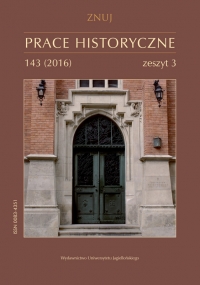
In historiography, there is an ongoing discussion about the actual range of power of three emperors of the Empire of Japan: Meiji, Taishō and Shōwa (known as Hirohito). The 1889–1945 Constitution formally granted them huge prerogatives. While some historians regard that as fiction, others are ready to treat the three monarchs – and especially Emperor Shōwa – as true dictators. The fragmentary sources suggest that Emperor Meiji had a genuine share in ruling. He served as an arbitrator between the government, the army and the genrō – an unofficial council of “honorable statesmen,” who had the last word. It was possible thanks to the huge personal respect he enjoyed. As a result of his son Emperor Taishō’s illness and dying out of the genrō, the military prerogatives were taken over by the general staffs of the army and navy, formally dependent solely on the ruler. They were counterbalanced by the last living genrō, Prince Saionji, who died in 1940.
More...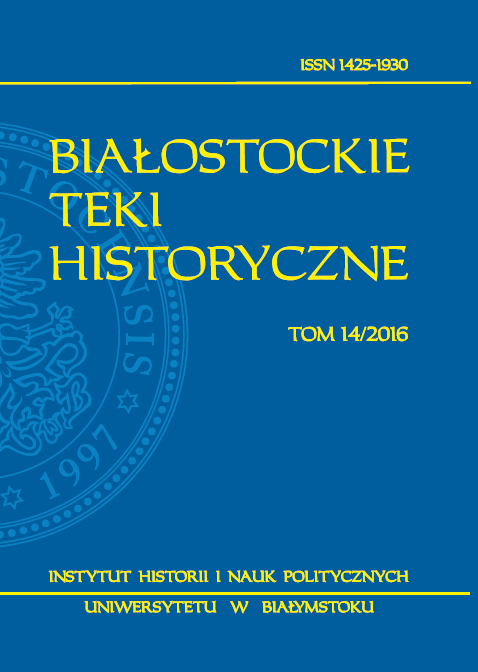
In the article the genesis of illegal Jewish emigration from the Second Polish Republic to the USA in 1918–29 is examined in terms of the so-called pushing-and-attracting-migratory-movement factors. The bad economic situation of the Jewish population in Poland and the antisemitism – constantly rising in the country due to political events – meant that for many Jews an overseas trip became the only chance for improvement of the life. Yet, trips planed by Polish Jews were curbed by emigration requirements securing the interest of the reborn Polish state. The attempts to circumvent these restrictions contributed to the first cases of illegal entering the United States through Cuba, Mexico or Canada. After the introduction of statutory emigration restrictions in the United States in 1921 and 1924, Polish Jews travelled more frequently to the countries adjacent to the US, which still remained their final destination. The descriptions of the fate of Polish Jews on emigration that were included in this article are among the most dramatic episodes in the history of overseas emigration from Poland in the interwar period.
More...